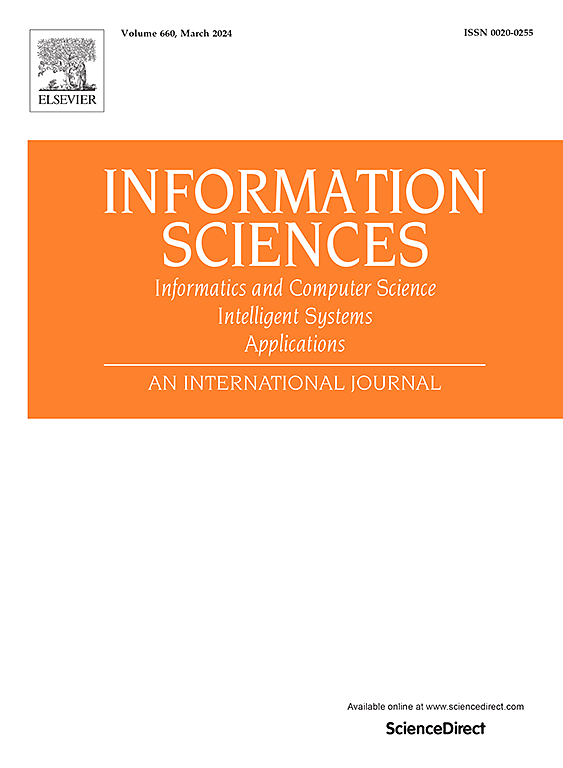将语言直觉模糊偏好建模为冲突解决的共识与异议图模型框架及其应用
IF 6.8
1区 计算机科学
0 COMPUTER SCIENCE, INFORMATION SYSTEMS
引用次数: 0
摘要
水资源短缺和污染的加剧提升了跨境水资源的战略意义。它们的跨国性质使所有权和使用权复杂化,从而导致冲突。冲突解决图模型(GMCR)已被证明是解决战略争端的有效方法。然而,决策者的偏好受到文化、经济和政治因素的复杂相互作用的影响,在跨境水资源冲突中难以精确量化。此外,尽管共识的重要性在群体决策领域得到了广泛的研究,但在GMCR内部的研究仍然有限。为了解决这些挑战,我们开发了一个新的基于语言直觉模糊偏好关系(LIFPRs)的GMCR共识和异议框架。作为一种定性工具,由语言直觉模糊数(lifn)组成的lifpr可以捕捉决策主体的确定性、不确定性和犹豫性。具体而言,我们首先提出了lifn的评分函数和一些必要的定义,以将lifpr建模为GMCR。然后,我们以逻辑形式研究了GMCR与lifpr的共识和异议框架。此外,我们还为未来的决策支持系统开发提供了相应的矩阵表示。本研究以湄公河冲突为例,建议湄公河委员会与中国进行全面的合作谈判进程。本文章由计算机程序翻译,如有差异,请以英文原文为准。
Modeling linguistic intuitionistic fuzzy preference into the consensus and dissent framework of graph model for conflict resolution and its application
The intensification of water scarcity and pollution has elevated the strategic significance of cross-border water resources. Their transnational nature complicates ownership and use rights, leading to conflicts. The graph model for conflict resolution (GMCR) has proven effective in addressing strategic disputes. However, decision-makers' preferences, influenced by a complex interplay of cultural, economic, and political factors, are too intricate to quantify precisely in cross-border water resource conflicts. Besides, despite the importance of consensus being widely researched in the group decision-making field, its study within GMCR remains limited. To address these challenges, we develop a new consensus and dissent framework of GMCR with linguistic intuitionistic fuzzy preference relations (LIFPRs). As a qualitative tool, LIFPRs composed of linguistic intuitionistic fuzzy numbers (LIFNs) can capture DMs' certainty, uncertainty, and hesitation. Specifically, we first propose a score function of LIFNs and some necessary definitions to model LIFPRs into GMCR. Then, we study the consensus and dissent framework of GMCR with LIFPRs in logical form. Additionally, we provide the corresponding matrix representation for future decision support system development. This study is applied to the Mekong River conflict, suggesting that the Mekong River Commission and China should engage in a comprehensive cooperative negotiation process.
求助全文
通过发布文献求助,成功后即可免费获取论文全文。
去求助
来源期刊

Information Sciences
工程技术-计算机:信息系统
CiteScore
14.00
自引率
17.30%
发文量
1322
审稿时长
10.4 months
期刊介绍:
Informatics and Computer Science Intelligent Systems Applications is an esteemed international journal that focuses on publishing original and creative research findings in the field of information sciences. We also feature a limited number of timely tutorial and surveying contributions.
Our journal aims to cater to a diverse audience, including researchers, developers, managers, strategic planners, graduate students, and anyone interested in staying up-to-date with cutting-edge research in information science, knowledge engineering, and intelligent systems. While readers are expected to share a common interest in information science, they come from varying backgrounds such as engineering, mathematics, statistics, physics, computer science, cell biology, molecular biology, management science, cognitive science, neurobiology, behavioral sciences, and biochemistry.
 求助内容:
求助内容: 应助结果提醒方式:
应助结果提醒方式:


